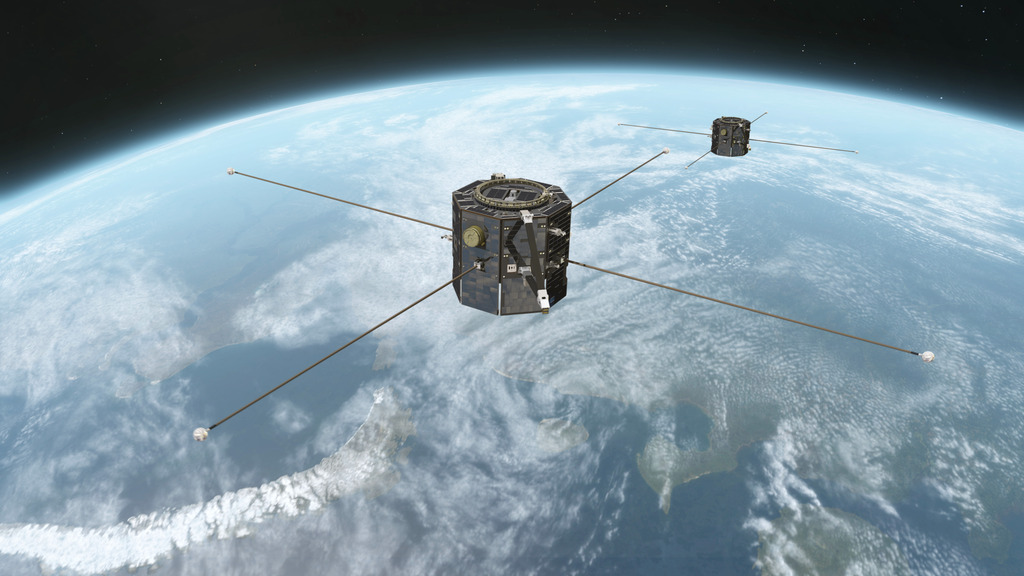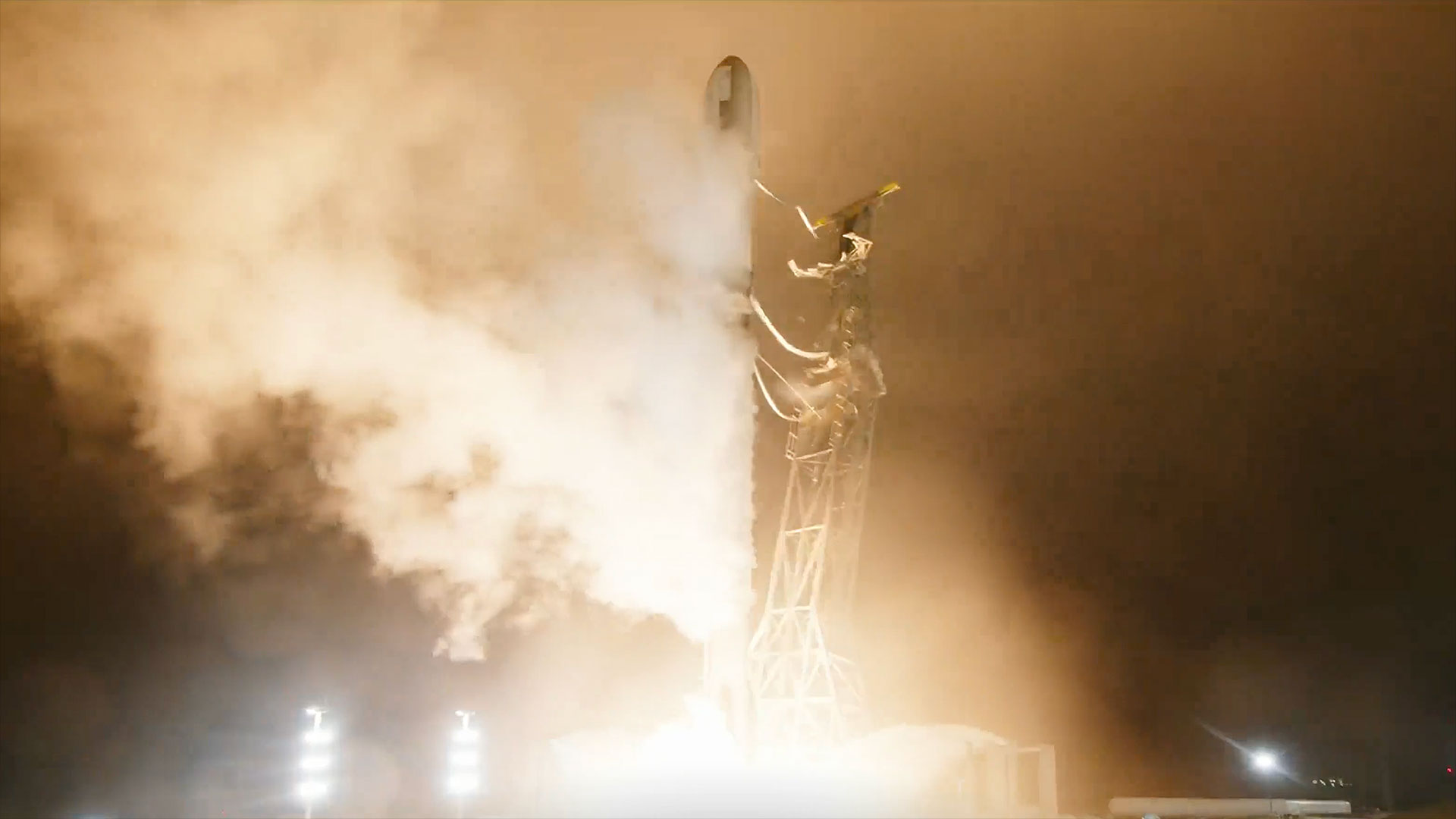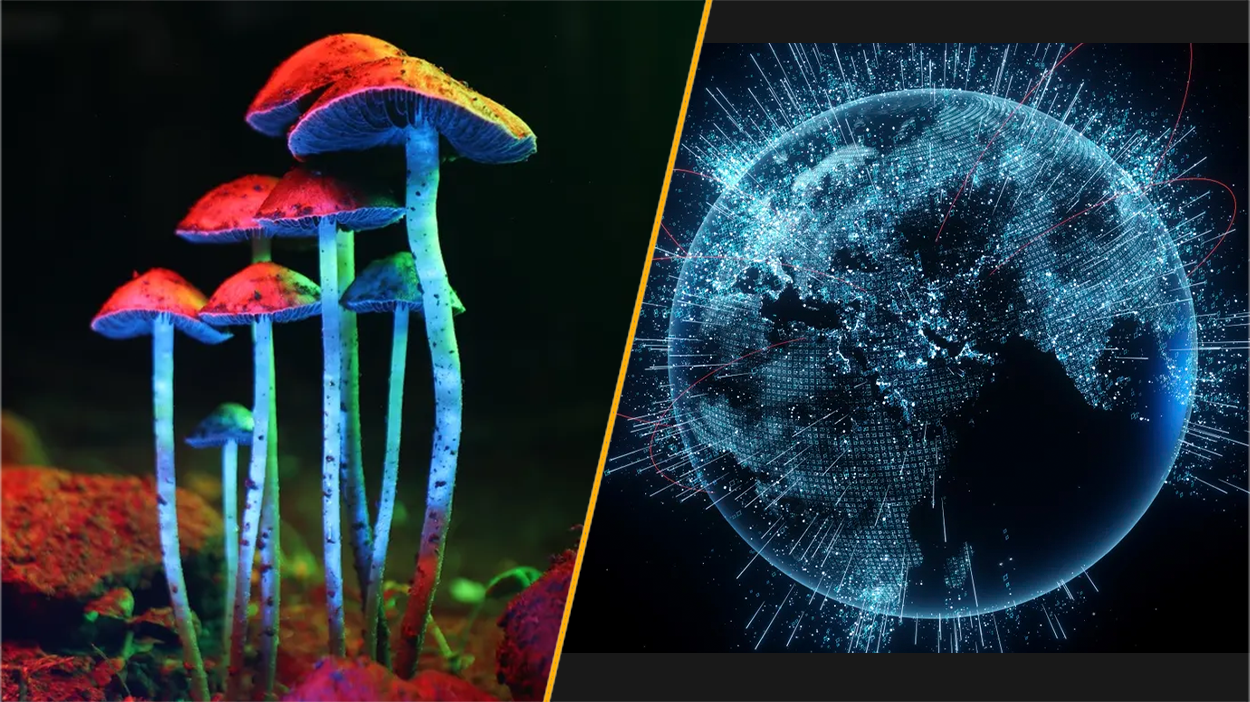Sparkling galaxy blazes with star formation in new James Webb Space Telescope image
A nearby galaxy is ablaze with new stars in a dazzling new image from the James Webb Space Telescope.
Located 45 million light-years from Earth in the constellation Canis Major, this barred spiral galaxy, called NGC 2283, exhibits a bright central bar of stars encircled by loosely wound, swirling arms blazing with star clusters and interstellar gas. The James Webb Space Telescope captured these tightly-knit groupings of young stars illuminating the hydrogen gas that surrounds them, which is the primary fuel source for star formation along with powerful stellar explosions, known as supernovas.
“While the process of star formation converts gas into new stars, supernovae complete the cycle. The explosion of a supernova can fling gas across hundreds of light-years, enriching the star-forming clouds of the interstellar medium with elements like oxygen and sodium,” ESA officials said in a statement releasing the new image. “Over time, the supernova-enriched gas is incorporated into new generations of stars, continuing the life cycle of gas and stars in galaxies across the universe.”
NGC 2283 is home to a Type II supernova, which is a violent explosion that occurs when a massive star collapses, signaling the end of its life. The supernova, called SN 2023AXU, was first observed on Jan. 28, 2023. This type of supernova occurs when the star nearing the end of its life is at least eight times as massive as the sun. The collapse of the star’s core triggers a subsequent rebounding and explosion of material in the star’s outer layers, from which new stars form.
The new view of NGC 2283 was created using six images taken by the JWST’s Near-Infrared Camera (NIRCam) and Mid-Infrared Instrument (MIRI) on the James Webb Space Telescope over the course of 17 minutes. During this time, astronomers used different near- and mid-infrared filters to capture the galaxy’s varying emissions and stellar population. The data was collected as part of a larger initiative to study the connections between stars, gas and dust in nearby star-forming galaxies.
“NGC 2283 is just one of the 55 galaxies in the local universe examined by Webb for this programme,” ESA officials said in the statement. “All of the galaxies surveyed in this programme are massive star-forming galaxies close enough for individual star clusters and gas clouds to be visible.”
The new JWST image captures an up-close, face-on view of NGC 2283, highlighting its intricate spiral arms and dense regions of hot gas and dust, which emit varying colors of red, orange and yellow. The color differentiation is based on the type of particles present. For example, sooty molecules, called polycyclic aromatic hydrocarbons, emit infrared radiation that acts as a beacon of active star forming regions across the universe. Observing these molecules lends insight on the chemistry and physical conditions of stellar nurseries like NGC 2283.
The telescope also captured a number of large, bright stars with prominent diffraction spikes. These stars are actually located in our own Milky Way galaxy and lie between the telescope’s line of sight and NGC 2283.
Source link






